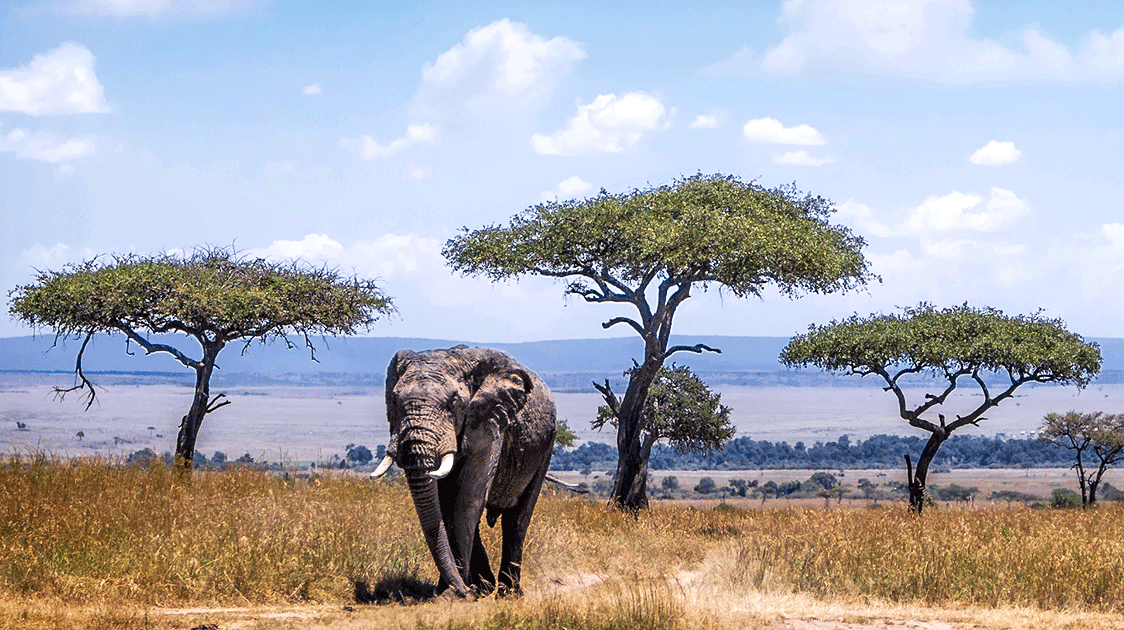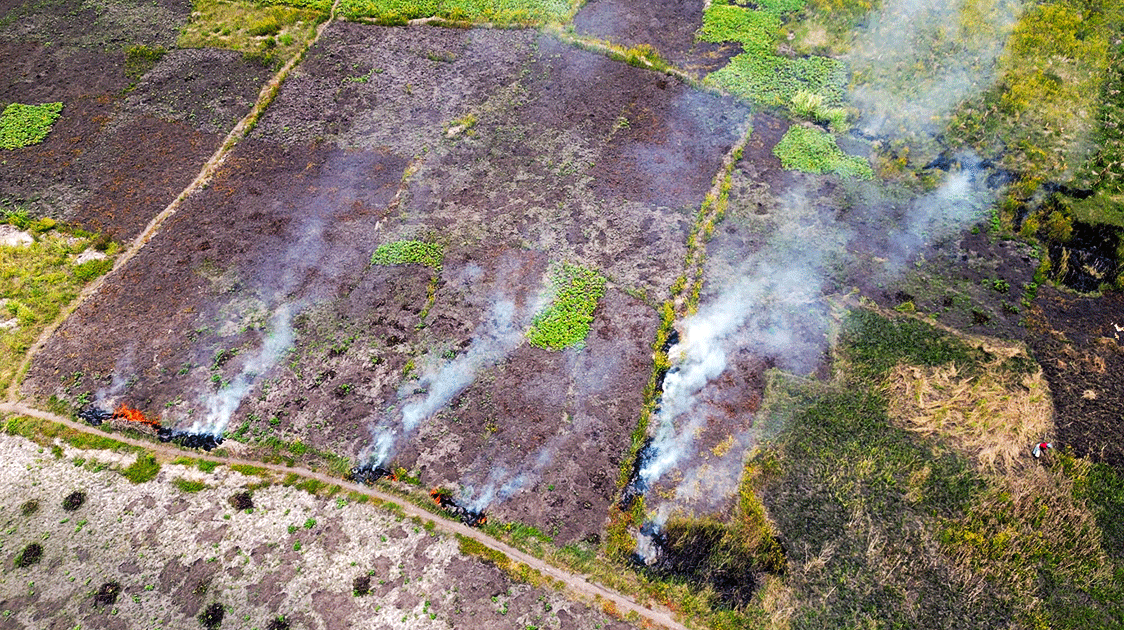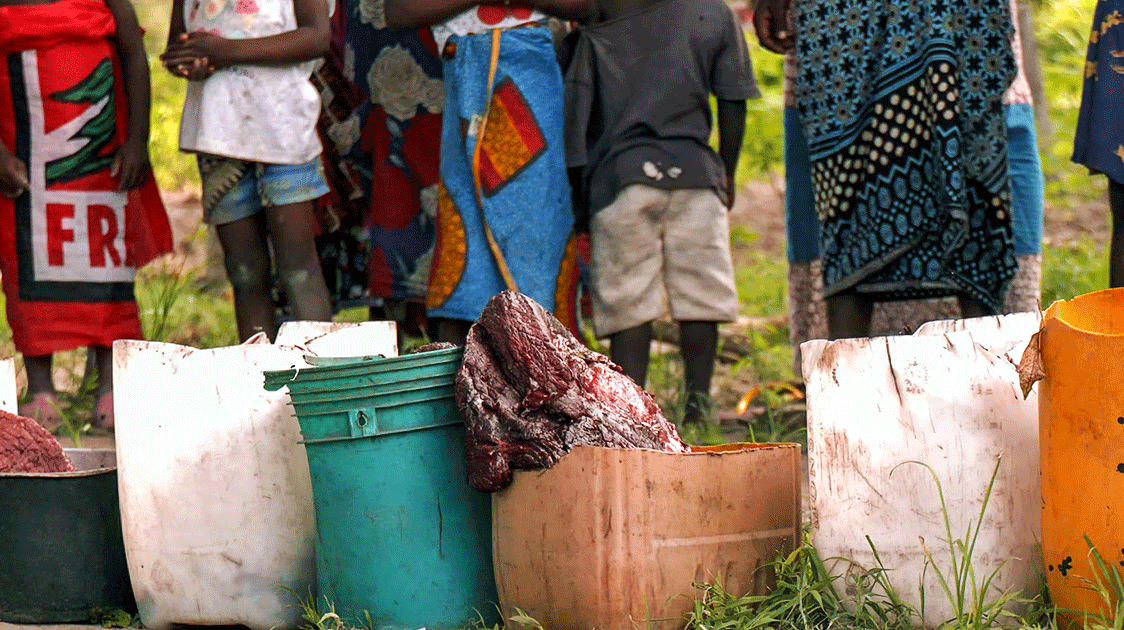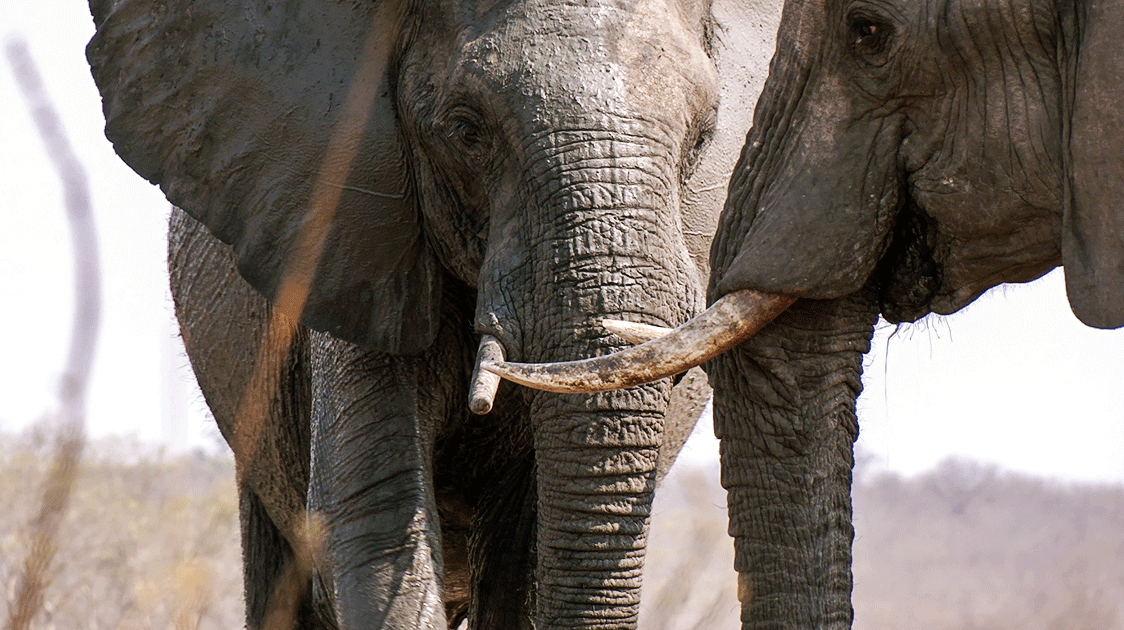Preserve or Utilize?

By Dr Doug Wise
The debate over whether the “preservationist” conservation model is superior to the “sustainable use” one is hotly contested. However, this is somewhat academic.
The imposition of a ban on international trade in Africa’s most valuable wildlife products has greatly weakened the potential benefits of the latter model. Thus, with the majority of first-world countries supporting both the ban and the “preservationist” cause, it is worth assessing what it means in wildlife management terms.
Simply put, conservation becomes synonymous with the policing of protected areas for which there is little prospect for adequate funding unless policing costs fall in consequence of policies designed to reduce demand for ivory and rhino horn.

In all probability, the future growth in pastoralists' and subsistence farmers' numbers will increase human/elephant conflict and bush meat poaching as local people come to see wildlife as competition rather than potential profit centres.
Protected areas for wildlife will likely shrink to those that generate maximum photo-tourist income. A “leave it to nature” philosophy that discounts man as part of the natural system will, in the short term, lead to increases in elephant numbers and biomass in the remaining protected areas to the disadvantage of all other mammalian species and, in the longer term, will result in severe and sometimes irrecoverable habitat destruction.
Furthermore, it would be naïve to suggest that there is huge potential to increase photo-tourist income merely by constructing more tourist camps or lodges.
There is little to suggest that current demand exceeds the supply of tourist accommodation.
Perseverance with the “preservationist” model may well be successful in preventing species extinctions in the medium term, but available wildlife territory will shrink in size to that which can be rigorously protected, a type of “fortress conservation”, which, ironically, many “preservationists” deplore.

From a hypothetical and intellectual, if not from an emotional, standpoint, the “sustainable use” model of conservation with attendant re-establishment of international trade offers African wildlife and African citizens far greater opportunities to thrive than does one based on “protectionist” ideas.
However, this is predicated upon the belief that it would be possible to establish an honest trading system on what is, essentially, a corrupt continent.
One would also require that end purchasers of wildlife products were able to have confidence that their purchases of legally traded, sustainable products would help conservation efforts and could be distinguished from poached products which would be harmful.
In effect, ivory would need to be rebranded into two classes—“green” and “blood,” for example.
Many might argue, with some justification, that, to posit that this could be achievable is naïve in the extreme.
Pragmatists tend to think that the only remaining hope for elephants and rhinos is to attempt to impose a total and permanent trade ban. They might well agree that this doesn’t represent the ideal wildlife scenario, merely the only realistic one.
It is incumbent, therefore, on “sustainable use” proponents to make convincing suggestions that could win over the pragmatists to their viewpoint.
It is insufficient merely to state that they are equally naïve to suppose that attempts to achieve total destruction of demand can succeed. Failures to destroy demand for alcohol and drugs are often cited as examples.
However, there are some indications that relative elasticity of demand for ivory may be dissimilar to that for alcohol and drugs. For example, the withdrawal of permits to ivory carvers in China has reportedly led to very large falls in wholesale ivory prices as speculators try to offload their stockpiles while they still can.
“Sustainable use” advocates need to argue that the effective imposition of a total and permanent trade ban would be positively harmful to African citizens and wildlife conservation.
It is an eco-imperialist solution imposed by first-world “protectionists” who take the view that trade in wildlife products can never be anything but corrupt.
Admittedly, the great majority of current African wildlife funding probably comes, directly or indirectly, from first-world citizens and “those who pay the piper call the tune.”
However, it remains the case that Africans are being deprived of the future opportunity to benefit from their indigenous resources. The value of this lost opportunity may greatly exceed the value of first world hand outs.

Given that the status quo position is that trading is not permitted, it is worth discussing what possible suggestions could be deployed by “sustainable users” to change this position.
Decisions are taken by those nations signed up to CITES on the basis of democratic voting. Currently, there is a split in views on optimum conservation strategies between southern African states on the one hand and east and central African states on the other with Western countries generally backing the latter.
The best and probably only way for trading in sustainable wildlife products to gain widespread acceptance would require pan-African support.
It thus becomes necessary for all to accept that properly implemented, a legal trade will not encourage the continuance or expansion of illegal trade, something that “preservationist” states will find difficult to accept.
It would also be necessary to demonstrate that the revenue raised from trading could flow into wildlife protection rather than lining the pockets of corrupt intermediaries.
Clearly, there are currently insufficient numbers of elephants to allow a sustainable quantity of ivory to substitute for the illegal amounts taken annually in the last 7 years.
At most, 80,000 elephants could be culled from supra-optimal populations, and additional ivory will accumulate in stockpiles, to which more can be added annually.

This would only be sufficient to replace the current illegal take for, at most, four years while it would take a minimum of two or three decades to build numbers that would allow sustainably traded ivory to match that currently being taken illegally.
Therefore, it is in both sides' interests to reduce the supply through better protection measures.
However, sustainable trade would provide more funding for policing and, therefore, is more likely to be effective in reducing supply, quite apart from the fact that it would make local rural populations less tolerant of poachers.
Demand reduction would also suit both sides at the moment, but the “sustainable use” proponents would not wish to see total and permanent suppression of demand.
Rather, they would wish to encourage future potential ivory customers to understand that purchases of “sustainable ivory” could be of as much benefit to conservation as the making of charitable donations to wildlife causes while joining the “other side” in total condemnation of the acquisition of illegal ivory.
It must be acknowledged that many first-world “preservationists” would probably never support the concept of “sustainable ivory” because they believe that man should never exploit wildlife for gain – a moral position that is not conservation-related.
However, consensus among African states should prevent the latter's views from holding sway.




